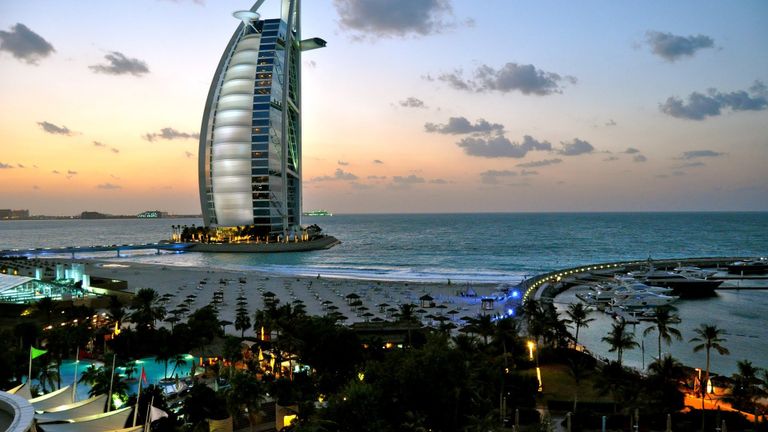Member of the Arab Federation of Space Sciences and Astronomy Ibrahim Al-Jarwan told “UAE Today” that in the “Al-Dror Calendar”, which has been known to the people of the Emirates and the Arabian Gulf coast since ancient times, winter or “Hundred Winters” takes place from today (28 November) and lasts 100 day to 25 February
Al-Jarwan added: “During this period, the region is witnessing the features of the winter season of low temperatures, frost in the second half of this 100 and increased rainfall opportunities, where quantities and attributes are twice as high as the rest of the year at normal rates.
Al-Jarouan stated that this season is characterized by specific periods, defined by the people of the region. The most important of these are “tenth yolat”, aerial disturbances associated with the quarterly transition, which may be accompanied by active winds and rainy backlogs. The date is between November 28 and December 7, and then the period of “forty seasonal”, where herbs grow in pastures, which is 40 days, from December 28 to January 26, is very cold, and their rains are “perpetual”, i.e. for several days.
The “60 stroke” will be in Dar 60, 10 days, starting on January 17, a severe cold wave expected at this time, blowing camel noses from the intensity of water cold and early morning frost. They say “sixty knives”, and then it’s the “float” with the Dar of Seventy beginning on 27 January, a relatively warm day coinciding with the beginning of the palm sorties.
Al-Jarwan noted that the cold is intensifying in Dar al-80, which starts on February 6th, for 10 days, during which the “80th stroke”, the strongest winds in the winter north, will take place.
Then the “Days of the Sepsis” in Dar 90 are unresolved between cold and warm, and the winds of “Winter Paradise” blow the last cold wind mourning the departure of cold and winter in Dar 100, the last of winter portions, starting from 26 February, ending on 7 March, beginning 100 spring, or summer, as some call it, the first warmth.

